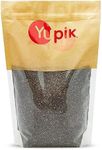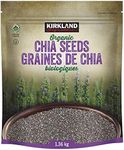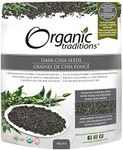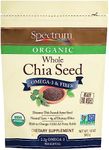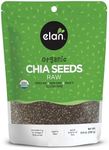Buying Guide for the Best Chia Seeds
Choosing the right chia seeds can make a difference in your nutrition and how you use them in your meals. Chia seeds are a popular superfood known for their high fiber, omega-3 fatty acids, and protein content. When shopping for chia seeds, it's important to consider a few key factors to ensure you get the best quality and the right fit for your dietary needs and preferences.Seed ColorChia seeds typically come in two colors: black and white. Both types have similar nutritional profiles, but some people prefer one over the other for aesthetic reasons or for specific recipes. Black chia seeds are more common and may have a slightly earthier taste, while white chia seeds are sometimes chosen for their appearance in lighter-colored dishes. When choosing, consider if the color matters for your recipes or presentation, but rest assured that both offer the same health benefits.
Purity and CleanlinessPurity refers to how free the chia seeds are from other plant materials, dust, or debris. High-quality chia seeds should be clean and free from contaminants. Some brands specify a purity percentage, with 99% or higher being ideal. If you want to avoid unwanted particles or allergens, look for seeds that are labeled as thoroughly cleaned and sorted. This is especially important if you plan to eat them raw or sprinkle them directly onto foods.
Organic CertificationOrganic chia seeds are grown without synthetic pesticides or fertilizers. If you are concerned about chemical residues or want to support environmentally friendly farming practices, look for chia seeds that are certified organic. This certification is usually indicated on the packaging. For those who prioritize natural foods or have sensitivities to chemicals, organic is a good choice, but for others, non-organic seeds can still be a healthy option.
Packaging and FreshnessChia seeds should be stored in airtight packaging to maintain freshness and prevent moisture from getting in, which can cause spoilage. Resealable bags or containers are convenient for keeping seeds fresh after opening. When shopping, check the packaging for any signs of damage or air leaks, and look for a 'best by' date to ensure you are getting a fresh product. If you use chia seeds frequently, larger packages may be more convenient, but for occasional use, smaller packs help ensure you use them while they're still fresh.
Country of OriginChia seeds are grown in various countries, and some people prefer seeds from specific regions due to perceived quality or farming practices. Common sources include Mexico, Bolivia, and Australia. While the nutritional content is generally similar, you might want to consider the country of origin if you have preferences for supporting certain regions or if you are concerned about agricultural standards. For most users, the origin is less important than freshness and purity, but it can be a deciding factor for those with specific values or concerns.

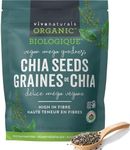
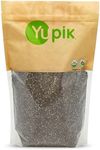
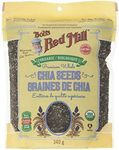

![Yogti [Canadian Brand] Raw Black Ch](https://images-proxy.bestreviews.guide/QD4H87gnv8NujoIPzk8NReqeOAo=/0x150/https://m.media-amazon.com/images/I/41RaT+X2l4L._AC_CX679_.jpg)



